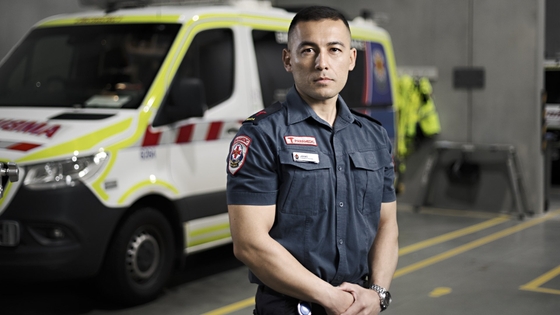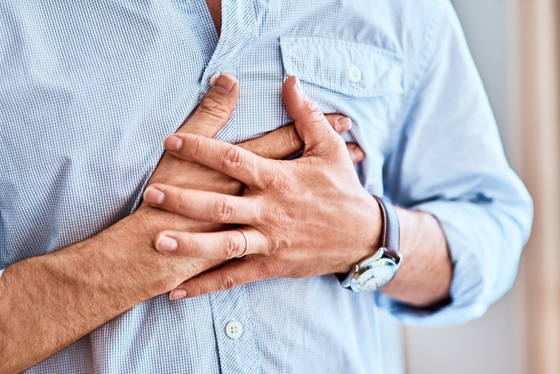
Heart Safe Community
Heart Safe Community is a program that aims to increase a person’s chance of survival if they suffer a cardiac arrest outside of hospital.
Key takeaways
- A Heart Safe Community is a community where members of the public understand the actions required in the Chain of Survival and know where to find an AED.
- When a bystander gives CPR and uses an AED within the first few minutes, a person is significantly more likely to survive.
What is ‘Heart Safe Community’?
Heart Safe Community is a program that aims to increase a person’s chance of survival if they suffer a cardiac arrest outside of hospital. The program is based on a series of actions known as the Chain of Survival. These actions can save a life if they are performed in the first few minutes after the person has collapsed.

These actions include: quickly recognising a cardiac arrest; calling Triple Zero immediately; performing CPR (cardiopulmonary resuscitation); and using an AED (automatic external defibrillator, sometimes just called a defibrillator).

More information at ambulance.vic.gov.au/community/community-partnerships/heart-safe-communities
Heart Safe Community is a partnership between Heart Foundation Victoria and Ambulance Victoria. It is proudly supported by Gandel Philanthropy and Heart Foundation donors.
Why do we need a Heart Safe Community?
There were 5,900 out of hospital cardiac arrests across Victoria in 2016. Of those, less than 10% of people survived.
A cardiac arrest can happen to anyone, at any time. Common locations include homes, sporting grounds, supermarkets, schools and other public places. With more than 16 cardiac arrests occurring every day there is a strong chance that many of us will witness a cardiac arrest at some point in our lives.
Survival rates are low because when someone has a cardiac arrest it means they are in the first stages of dying. The Chain of Survival must be performed in the first few minutes after someone collapses.
When a bystander gives CPR and uses an AED within the first few minutes, a person is significantly more likely to survive.
The Heart Safe Community program will help people from all walks of life gain an understanding and confidence in what needs to be done to help save a life in a stressful situation. Bystanders will become the first responders.
What would a Heart Safe Community looks like?
A Heart Safe Community is one where community members work together to get the skills and knowledge to feel confident to act when they witness a cardiac arrest.
For example, they might:
- map the location of local AEDs and ensure they are all registered with Ambulance Victoria
- raise money or source funding to purchase more AEDs
- organise CPR training courses or awareness sessions
- organise Triple Zero awareness sessions to be run in schools.
Every Victorian community is unique. We will start by trialling the Heart Safe Community with one Victorian town, to learn what works well and what doesn’t. After that, other communities will be able to view the program and decide which components will work for them.
In all Heart Safe communities, there will be opportunities to participate in awareness sessions, basic training courses, and other activities promoting community resilience.
What is the difference between a cardiac arrest and a heart attack?
A heart attack and cardiac arrest are two very different things.
A heart attack is when an artery in the heart gets blocked or becomes too narrow for blood to flow through normally. This prevents blood from getting to some parts of the heart muscle. This damages the heart, sometimes permanently.
A cardiac arrest is when the heart suddenly stops beating. This means that the blood stops flowing to all parts of the body including the heart and brain. As soon as this happens the process of death starts. At some point, usually within 10 minutes, the damage to the heart and brain will become so great that it can’t be reversed. The chance of survival drops by around 10% every minute after the heart stops.
With a cardiac arrest, urgent treatment is required to keep the blood moving around the body and to try to ‘restart’ the heart. When CPR and AED are provided within the first few minutes the chances of survival are the greatest.
You might also be interested in...

Heart attack warning signs
Free heart attack warning signs education, action plans and videos to help you understand your heart and the warning signs to look out for.

Heart attack vs cardiac arrest – know the difference
Learn the difference between heart attack and cardiac arrest, their symptoms, survival rates, and prevention tips to help you respond in an emergency.

Key statistics: Heart attack
Statistics and information on heart attack in Australia
Last updated10 November 2024